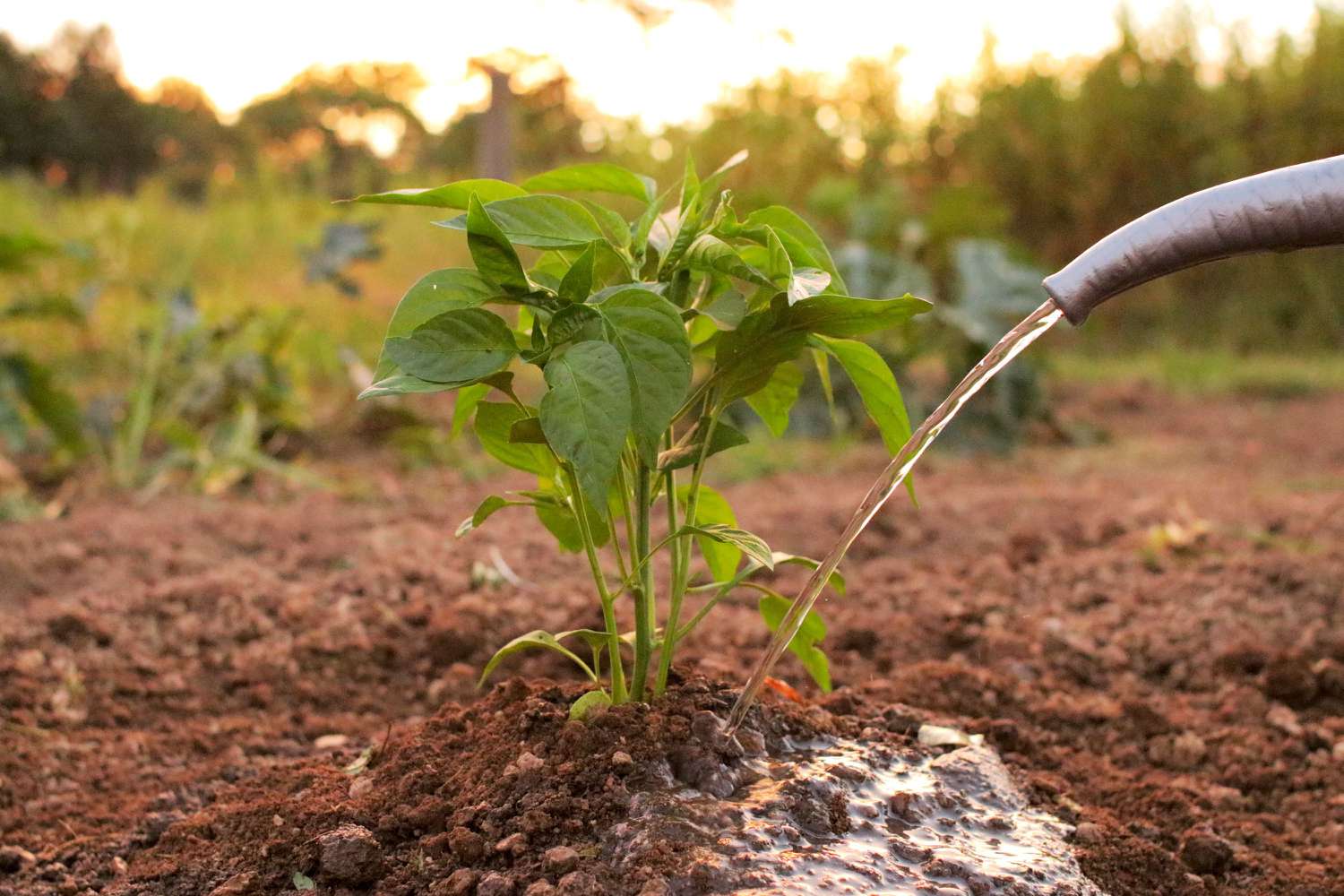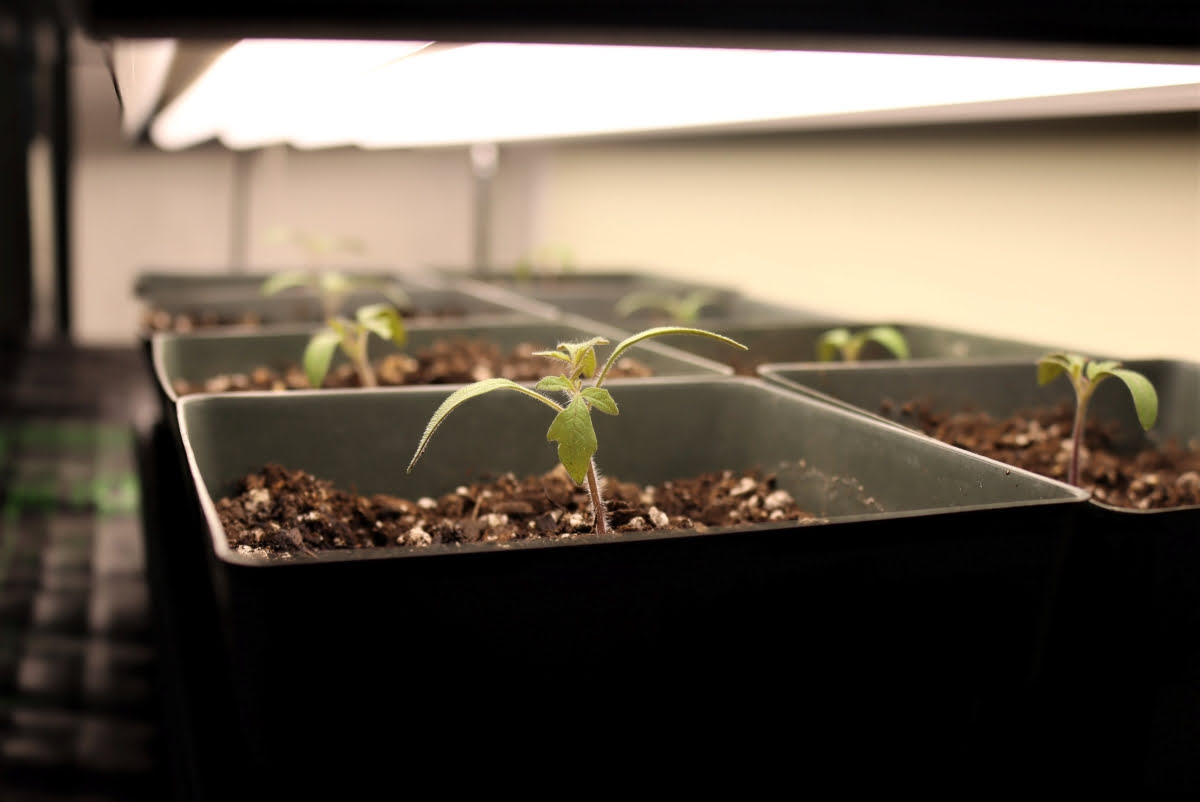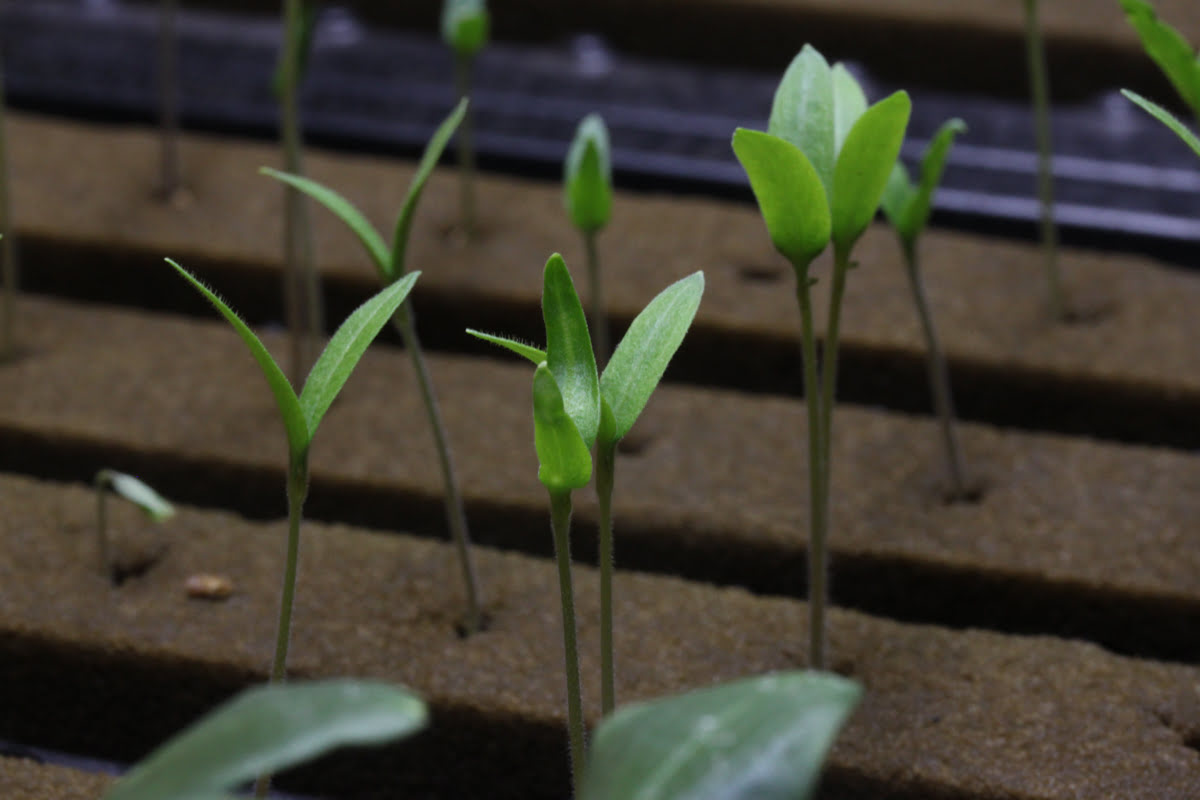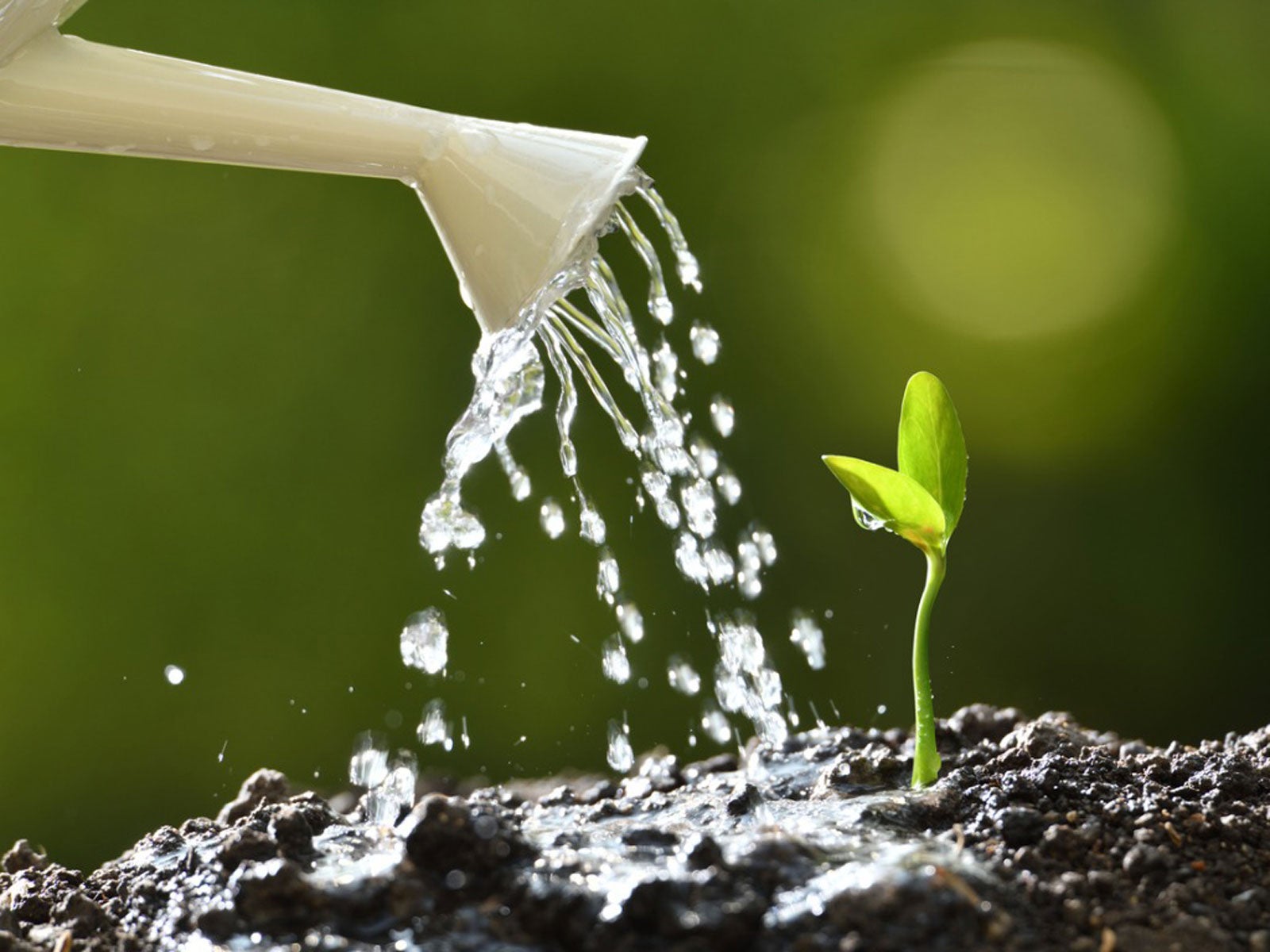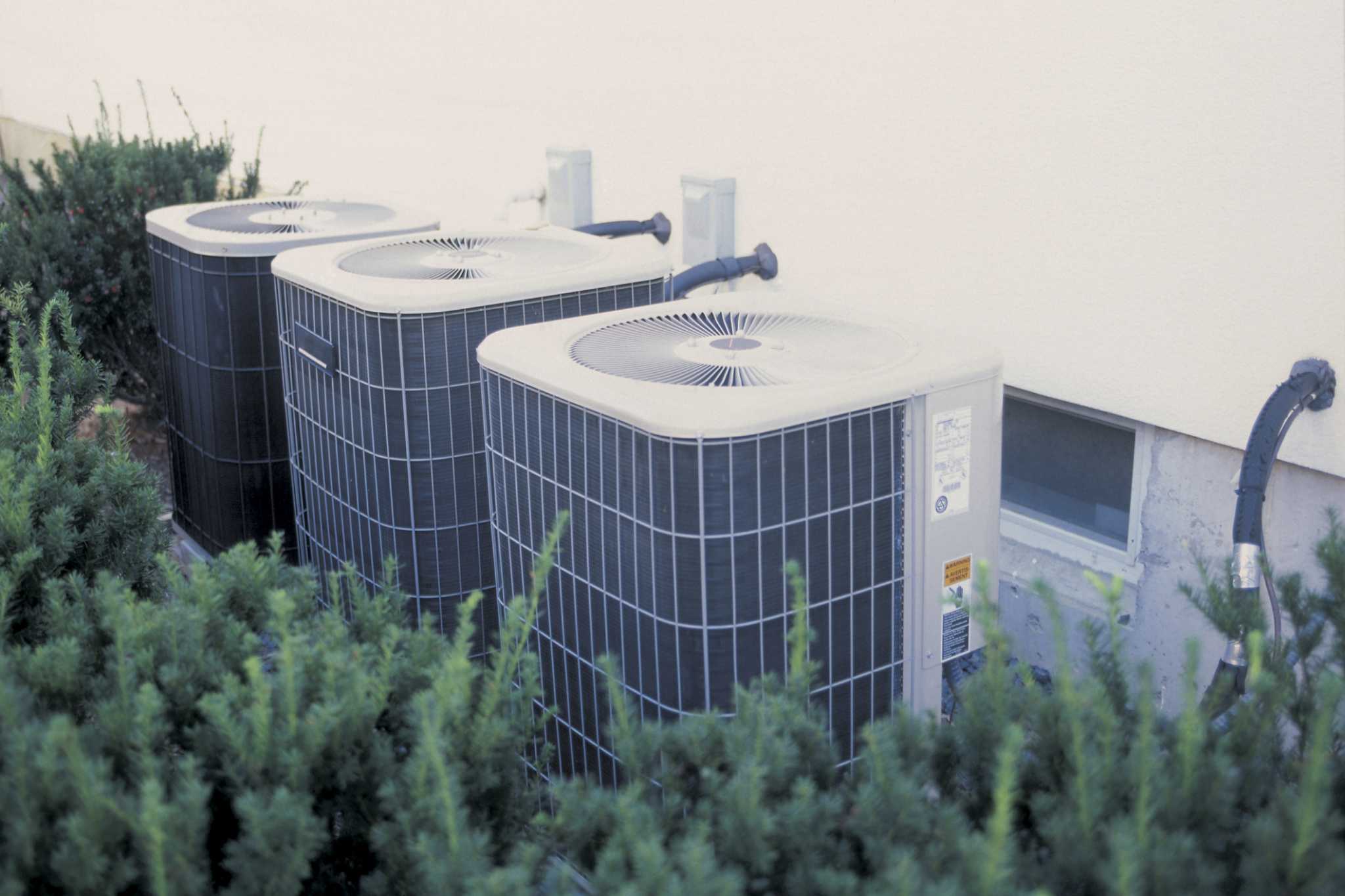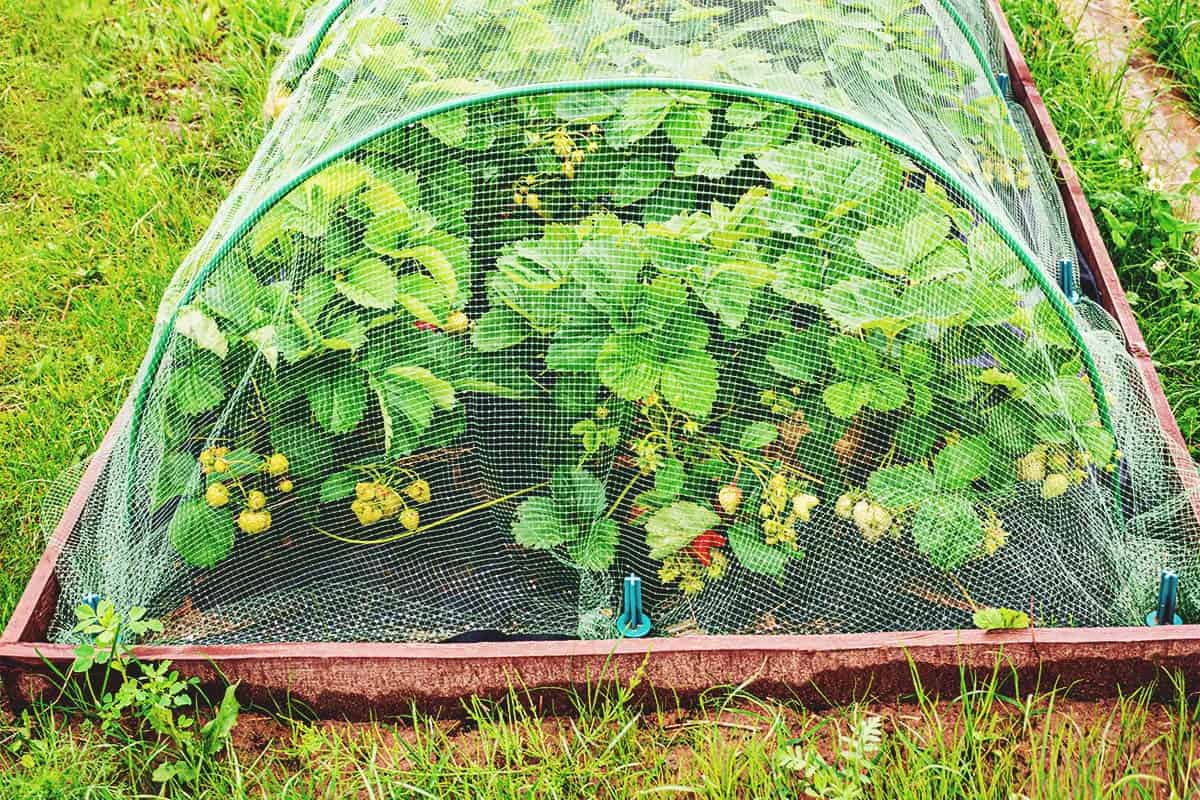Home>Types of Gardening>Edible Gardening>How Far Should Grow Lights Be From Seedlings
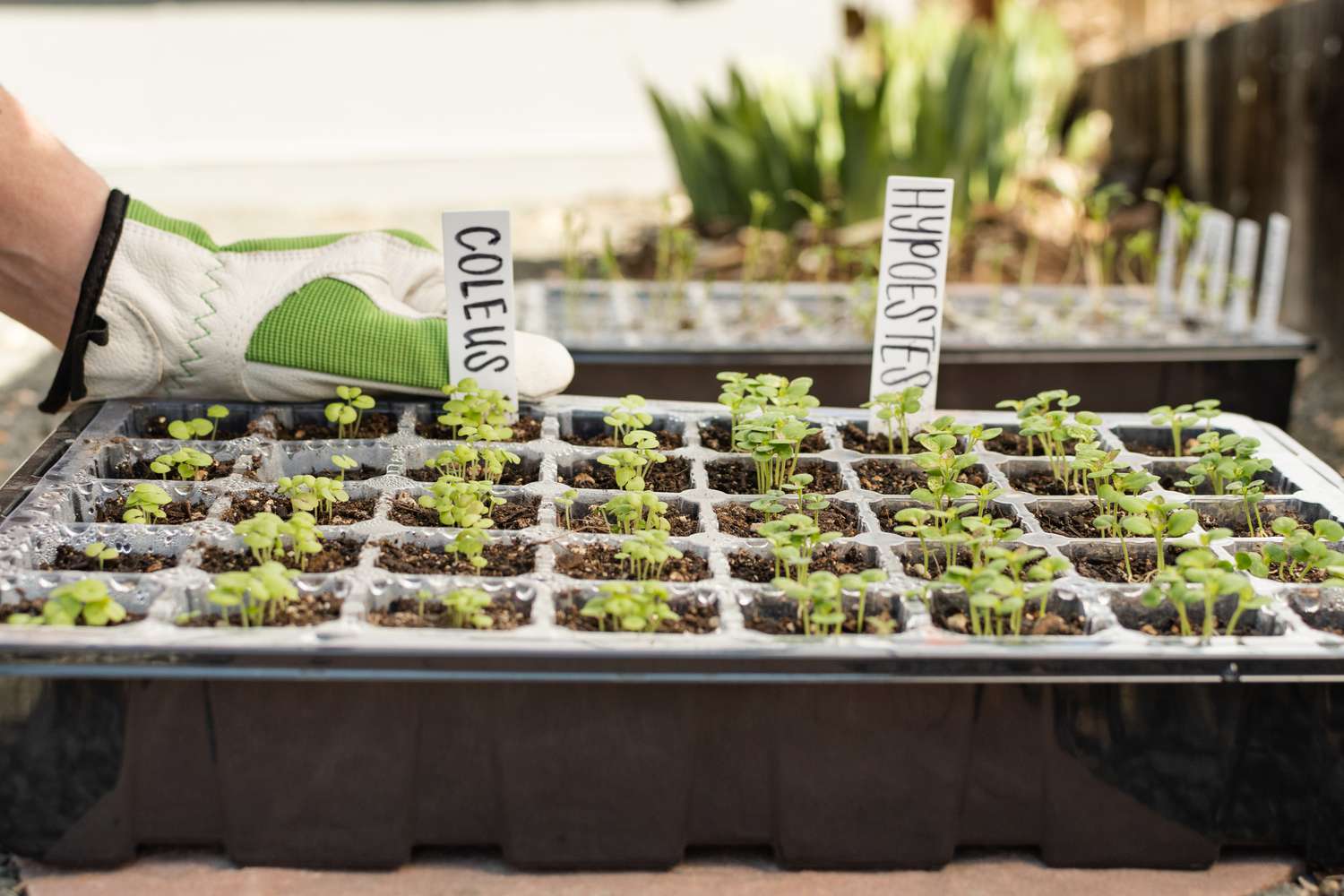

Edible Gardening
How Far Should Grow Lights Be From Seedlings
Published: January 3, 2024
Ensure healthy growth for your edible garden seedlings with the right distance for grow lights. Find out how far grow lights should be from seedlings for optimal results.
(Many of the links in this article redirect to a specific reviewed product. Your purchase of these products through affiliate links helps to generate commission for Chicagolandgardening.com, at no extra cost. Learn more)
Table of Contents
Introduction
Introduction
Welcome to the world of edible gardening, where the journey from seed to harvest is a rewarding and fulfilling experience. As an avid gardener, you understand the crucial role that light plays in the growth and development of your precious seedlings. Whether you are embarking on your first foray into indoor gardening or seeking to expand your knowledge, understanding the optimal distance for grow lights from seedlings is a vital component of nurturing healthy, thriving plants.
The significance of this topic lies in the delicate balance between providing adequate light for photosynthesis and preventing light-induced stress or damage to the tender seedlings. By delving into the intricacies of grow light distance, you are poised to elevate your gardening prowess and set the stage for bountiful harvests.
Throughout this comprehensive guide, we will explore the light requirements of seedlings, the factors that influence grow light distance, recommended distances for various types of grow lights, and the importance of adjusting the distance as seedlings progress. By the time you reach the end of this article, you will possess the knowledge and confidence to optimize the positioning of your grow lights for the benefit of your flourishing seedlings.
Understanding the Light Needs of Seedlings
Before delving into the intricacies of determining the ideal distance for grow lights from seedlings, it is essential to grasp the fundamental light requirements of these young plants. Seedlings, in their initial stages of growth, are particularly sensitive to light intensity and duration. As they emerge from their seeds and unfurl their delicate cotyledons, they rely on light to fuel the process of photosynthesis, which is vital for the production of energy and nutrients.
One key aspect of seedling light requirements is the spectrum of light they need for robust development. In nature, sunlight provides a broad spectrum of wavelengths, including ultraviolet (UV), visible, and infrared light. When cultivating seedlings indoors, replicating this full spectrum becomes crucial for simulating natural conditions and fostering healthy growth. Different types of grow lights, such as fluorescent, LED, and high-intensity discharge (HID) lights, offer varying spectrums that cater to the diverse needs of seedlings.
Furthermore, the duration of light exposure is a critical consideration. In their nascent stage, seedlings necessitate extended periods of light to support their rapid growth. The duration of light exposure can influence the development of sturdy stems, robust foliage, and overall resilience. Understanding the optimal photoperiod for your specific plant varieties empowers you to tailor the lighting schedule to meet their unique requirements.
By comprehending the intricate interplay between light intensity, spectrum, and duration, you are better equipped to provide an environment that nurtures the healthy development of your seedlings. This foundational knowledge sets the stage for determining the appropriate distance for your grow lights, ensuring that your seedlings receive the light they need to thrive.
Factors to Consider When Determining Grow Light Distance
As you embark on the journey of nurturing seedlings with grow lights, several crucial factors come into play when determining the optimal distance between the light source and the tender plants. Understanding and carefully considering these factors will enable you to create an environment that promotes healthy growth and minimizes the risk of light-related stress or damage.
One primary consideration is the type of grow light being used. Different light sources emit varying intensities and spectrums of light, influencing the distance at which they should be positioned from the seedlings. For instance, fluorescent lights, known for their balanced spectrum and energy efficiency, can be placed as close as 2 to 4 inches from the seedlings without causing harm. On the other hand, high-intensity discharge (HID) lights, which emit intense light and heat, require a greater distance of 2 to 3 feet to prevent heat damage to the delicate seedlings.
Another critical factor is the developmental stage of the seedlings. Young seedlings in the early stages of growth necessitate closer proximity to the light source to receive ample illumination for photosynthesis. As they mature and develop more robust foliage, adjusting the distance to maintain an optimal light level becomes essential. Vigilantly monitoring the growth of your seedlings and adjusting the light distance accordingly is pivotal for their well-being.
Furthermore, the specific light requirements of the plant varieties you are cultivating play a pivotal role in determining the ideal grow light distance. Some plants, such as leafy greens and herbs, thrive with moderate light intensity and can be positioned closer to the light source. In contrast, fruiting plants and flowering varieties may require higher light intensities and, consequently, a greater distance to accommodate their light needs.
Environmental factors, including ambient temperature and humidity, also influence the appropriate distance for grow lights from seedlings. Higher temperatures near the light source may necessitate greater distance to prevent heat stress, while lower humidity levels could impact the transpiration process of the seedlings, warranting adjustments in light distance to mitigate potential dehydration.
By conscientiously considering these factors and adapting the grow light distance in response to the evolving needs of your seedlings, you can create an optimal environment that fosters their healthy development and prepares them for a thriving future in your garden.
Recommended Distances for Different Types of Grow Lights
When it comes to positioning grow lights for your seedlings, the type of light source you choose significantly influences the recommended distance to achieve optimal growth conditions. Understanding the specific distance guidelines for different types of grow lights empowers you to provide the ideal lighting environment for your tender seedlings.
For fluorescent grow lights, which are popular for their energy efficiency and balanced spectrum, positioning them approximately 2 to 4 inches above the seedlings is recommended. This close proximity ensures that the seedlings receive ample light for photosynthesis without risking heat damage. As the seedlings grow, maintaining this distance or slightly adjusting it to accommodate their development is crucial for sustaining healthy growth.
LED grow lights, known for their energy efficiency and customizable spectrum, typically require a distance of 12 to 24 inches from the seedlings. The adjustable spectrum and lower heat output of LED lights provide flexibility in positioning while catering to the light requirements of the seedlings. Regular monitoring and slight adjustments in distance enable you to fine-tune the light exposure as the seedlings progress.
High-intensity discharge (HID) lights, including metal halide (MH) and high-pressure sodium (HPS) lights, emit intense light and heat, necessitating a greater distance from the seedlings. MH lights should be positioned approximately 12 to 24 inches from the seedlings, while HPS lights require a distance of 24 to 48 inches to prevent heat stress and ensure optimal light distribution. Adhering to these distance guidelines is crucial for safeguarding the seedlings from excessive heat and light intensity.
Adjusting the distance of the grow lights in response to the specific requirements of your seedlings and the characteristics of the light source is essential for fostering healthy growth and mitigating the risk of light-related stress. By adhering to these recommended distances and proactively monitoring the response of your seedlings, you can create an environment that nurtures their development and sets the stage for a flourishing garden.
Adjusting Grow Light Distance as Seedlings Grow
As your seedlings progress through their growth stages, adjusting the distance of the grow lights becomes a crucial aspect of providing the optimal lighting conditions for their development. Vigilantly monitoring the growth of the seedlings and making strategic adjustments to the light distance ensures that they receive the requisite light intensity without being subjected to light-induced stress or damage.
During the initial stages of growth, when the seedlings are in their cotyledon stage and developing their first true leaves, positioning the grow lights closer, within the recommended distance range, is essential for providing sufficient light for photosynthesis. As the seedlings transition to the vegetative stage and begin to develop more extensive foliage, gradually adjusting the distance to maintain an optimal light level becomes imperative. This adaptive approach ensures that the seedlings receive the appropriate light intensity to support robust growth without being overwhelmed by excessive light or heat.
Regularly assessing the response of the seedlings to the current light distance guides the process of adjustment. Signs of light stress, such as wilting, yellowing, or stunted growth, indicate the need to increase the distance to mitigate the intensity of the light. Conversely, if the seedlings exhibit elongated stems or sparse foliage, adjusting the lights closer within the recommended range can rectify insufficient light exposure.
Furthermore, as the seedlings approach the stage of transplanting into larger containers or the outdoor garden, gradually acclimating them to natural light becomes essential. This transition involves reducing the duration and intensity of artificial light while gradually exposing the seedlings to natural sunlight. Adjusting the grow light distance and schedule in tandem with this acclimatization process ensures a seamless transition for the seedlings, minimizing shock and promoting continued healthy growth.
By proactively adjusting the grow light distance in response to the evolving needs of your seedlings, you create an environment that optimally supports their development at every stage. This attentive approach empowers you to nurture robust, healthy seedlings that are primed for successful transplantation and eventual bountiful harvests in your garden.
Conclusion
Cultivating healthy and vibrant seedlings through the strategic use of grow lights is an immensely rewarding endeavor that requires a nuanced understanding of light distance and its impact on plant growth. By delving into the intricacies of seedling light requirements, the factors influencing grow light distance, and the recommended distances for different types of grow lights, you have equipped yourself with the knowledge to create an optimal lighting environment for your tender seedlings.
Understanding the specific needs of your seedlings at each stage of their growth journey empowers you to make informed decisions regarding the positioning and adjustment of grow lights. Regular monitoring of the seedlings’ response to the current light distance, coupled with strategic adaptations as they progress, ensures that they receive the ideal light intensity for robust and healthy development.
As you navigate the process of adjusting grow light distance to accommodate the evolving needs of your seedlings, remember that this dynamic approach is instrumental in fostering their resilience and preparing them for successful transplantation and flourishing growth in your garden. By seamlessly transitioning them from artificial light to natural sunlight and providing a nurturing environment, you set the stage for a bountiful harvest and a thriving garden teeming with the fruits of your labor.
Armed with this comprehensive understanding of grow light distance and its pivotal role in seedling care, you are poised to embark on a journey of nurturing robust and resilient seedlings that will flourish under your attentive care, ultimately enriching your garden and your gardening experience.

